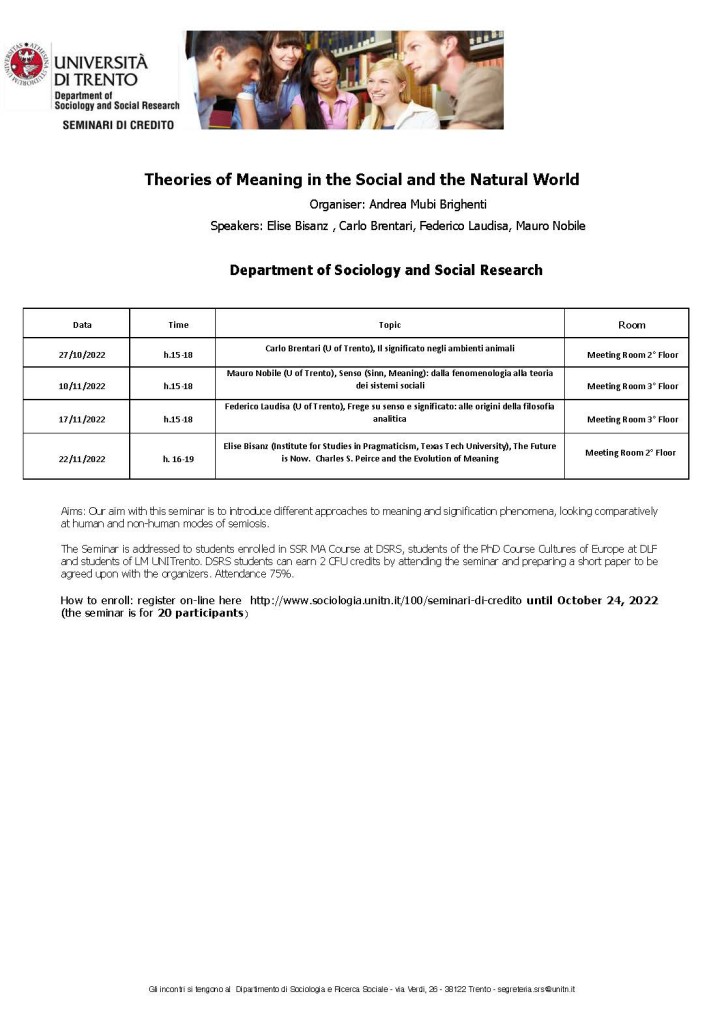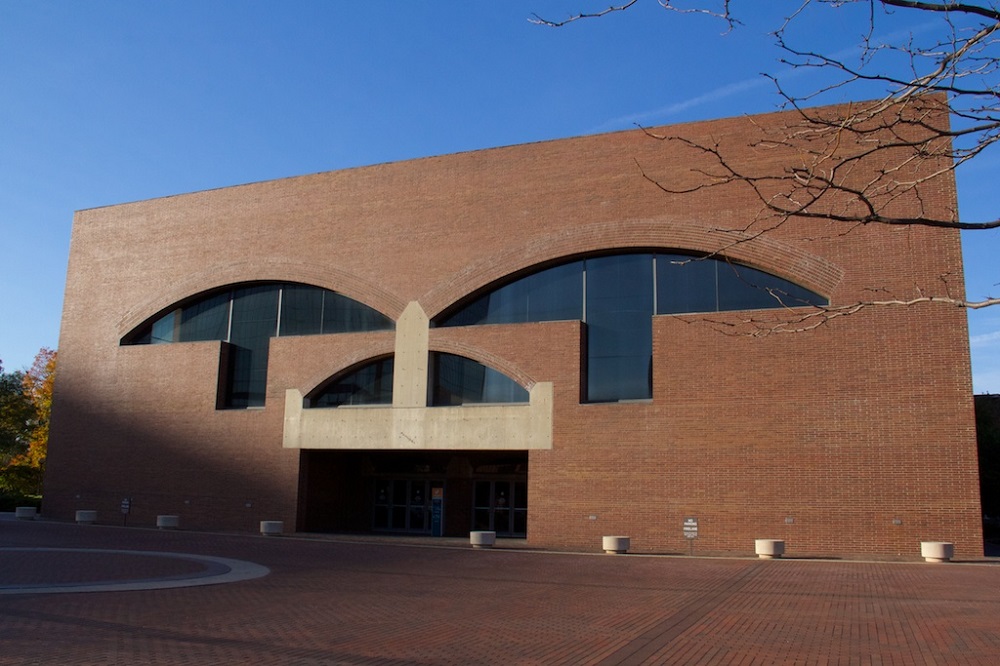A proposal for knitting together semiophysics and biosemiotics
Abstract. The paper advances a proposal for binding together the insights of biosemiotics and those of semiophysics. The task of achieving an intelligible ontology, in opposition to both mechanical reductionism and is metaphysical vitalism, is shared by these two approaches. Yet, there are architectural differences between the two theories. The paper reviews such a differendum, focusing in particular on the difference between Thom’s two-fold construction of saliences and pregnances, and Peircean three-fold categorial construction encompassing firstness, secondness and thirdness. An integrated semiophysical-biosemiotic graph thus encompasses five key categories. This paper suggests to arrange them as a “W” shape to chart their possible dynamical interactions.
Keywords: semiophysics; biosemiotics; theory of meaning; salience/pregnance; firstness/secondness/thirdness
>>> Draft available upon request.
 Out now in
Out now in 

